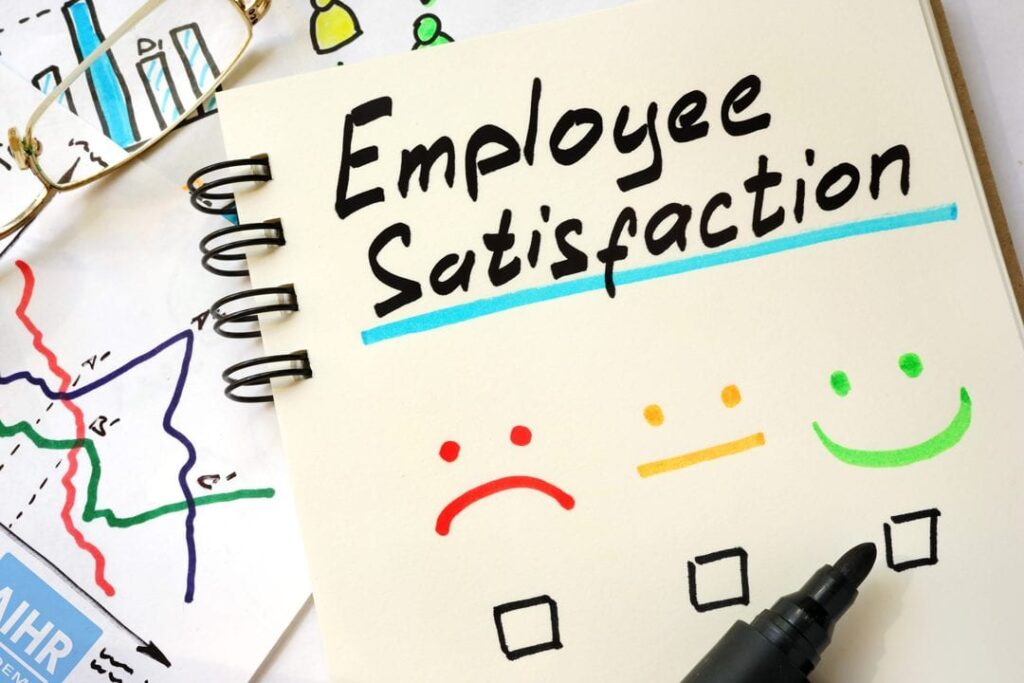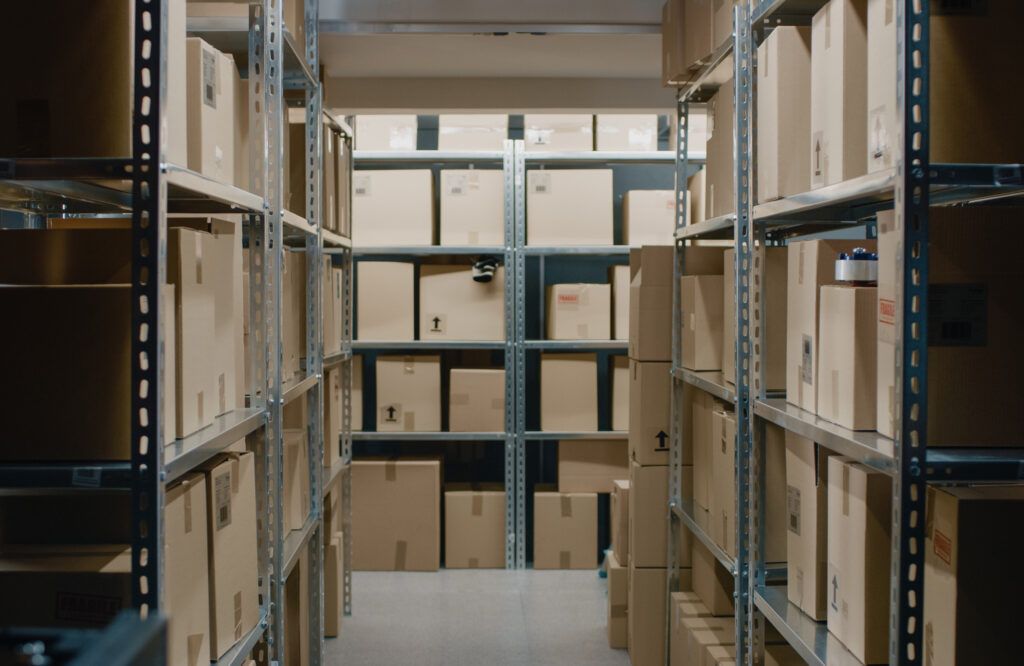
As we step into a new year with new hopes, it’s time to update our homes with the latest trends that are going around this year in the best. A well-designed kitchen not only increases the value of your house but also enhances the enjoyment of cooking and entertaining. In this article, we will discuss the top kitchen trends in 2023, with a focus on kitchen cabinet design, to help you transform your kitchen into a stylish and functional space.
- Two-Tone Cupboards
Adding some contrast and intrigue to your kitchen cabinet design with two-tone cabinets is a terrific idea.
Two-tone cabinet designs, in which the upper cabinets are a different hue from the lower cabinets, will become more popular in 2023. For example, you can have white upper cabinets and navy blue lower cabinets or vice versa. This trend adds some depth and dimension to your kitchen while still maintaining a cohesive look.
- Natural Wood Finishes
In 2023, kitchen cabinet design finishes made of natural wood will be fashionable again. Instead of painted cabinets, many homeowners are opting for natural wood finishes that showcase the beauty of the wood grain. This trend adds warmth and texture to your kitchen and pairs well with other natural materials like stone and metal.
- Matte Black Cabinets
If you’re looking to make a bold statement in your kitchen, consider matte black cabinets. Matte black cabinets are a trendy and sophisticated choice that adds a touch of drama to your kitchen. Pair it with gold or brass hardware for a luxurious look or with natural wood finishes for a more rustic vibe.
- Glass Front Cabinets
Glass front cabinets are a classic design element that adds some elegance and charm to your kitchen. In 2023, we will see a resurgence in glass front cabinets, particularly for upper cabinets. This trend allows you to showcase your favorite dishes and glassware while still keeping them protected from dust and debris.
- Open Shelving
Open shelving has been a popular trend for a few years now, and it’s not going anywhere in 2023. Your kitchen will look more visually appealing with open shelves, which also lets you show off your favorite cookware and accessories. Also, it’s a fantastic way to give your kitchen a bigger, airier vibe.
- Handleless Cabinets
Handleless cabinets are a sleek and modern design trend that eliminates the need for traditional cabinet hardware. Instead, the cabinets have a finger-pull or push-to-open mechanism that creates a seamless and streamlined look. This trend works well for contemporary and minimalist kitchens.
In conclusion, kitchen cabinet design is an essential element when it comes to creating a stylish and functional kitchen. In 2023, we will see a variety of trends, from two-tone cabinets to natural wood finishes, matte black cabinets, glass front cabinets, open shelving, and handleless cabinets. You may make your kitchen a lovely and useful center for entertaining guests and cooking by incorporating one or more of these trends.









 2018 ·
2018 ·